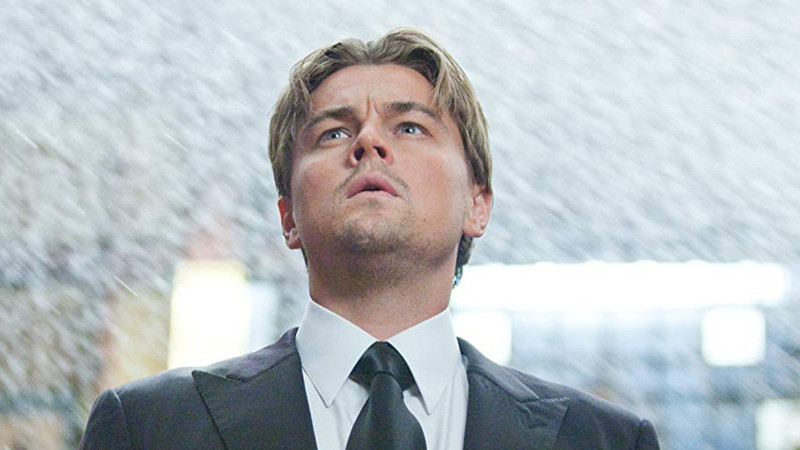
The concept of pure and untarnished originality is a mythical one. No film has ever existed in a vacuum, completely free of influence. That would require the filmmaker to have absolutely no idea of the medium he is working in.
Instead, movies have constantly been inspired by the ones that have come before them, as well as other forms of art such as painting and literature. There are only so many stories that filmmakers can tell before their work ends up resembling something else. This is a normal part of moviemaking as it is through working through one’s influences that great art can be made.
But what about those films whose entire plots veer just a little too close to something older? The ones you watch and think: “Hang on, I’ve seen that before!” Read on to find out about those movies that took their plots from other movies.
From classic westerns to science-fiction to so-called auteur masterpieces, here is the definitive list of some of the most famous rip-offs throughout movie history. Some may be better then their source material, and some may definitely be worse, but they are all notable for the way they have modified the original.
1. A Fistful Of Dollars (Yojimbo)
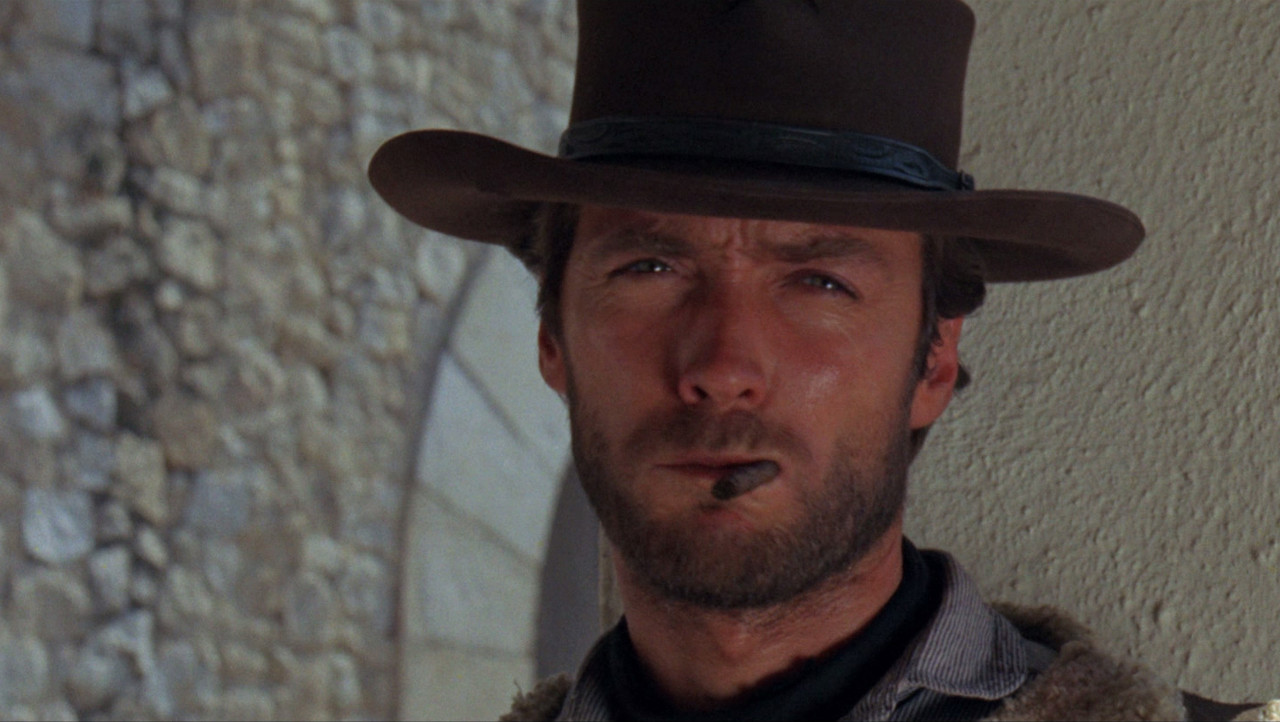
Sergio Leone, already well established for making big movies on small budgets, kickstarted his great “Man With No Name” trilogy with this terse and smart Western. Concerning a man who plays off two sides in a small town against each other, it is also credited with starting Clint Eastwood’s career.
It is an unofficial remake of Akira Kurosawa’s Yojimbo, starring the inimitable Toshiro Mifune as a samurai who does the same thing. Kurosawa famously stated about A Fistful of Dollars that it was “a fine movie, but it was my movie”. His company successfully sued Leone’s for an eventual out of court settlement.
The fact that the film is a rip-off doesn’t matter here as Leone’s trademark style is already fairly different from Kurosawa’s. He used intense close-ups as a means of expressing character in a way that deviated from the traditional Western and from Kurosawa’s expert master shots. He was credited with giving birth to the postmodern genre known as the Spaghetti Western.
This wasn’t the only Western that remade a Kurosawa movie. The Magnificent Seven was a remake of Seven Samurai. The big difference here was that the rights to remake the movie were secured before production even took place.
2. Moonrise Kingdom (Welcome, Or No Trespassing)
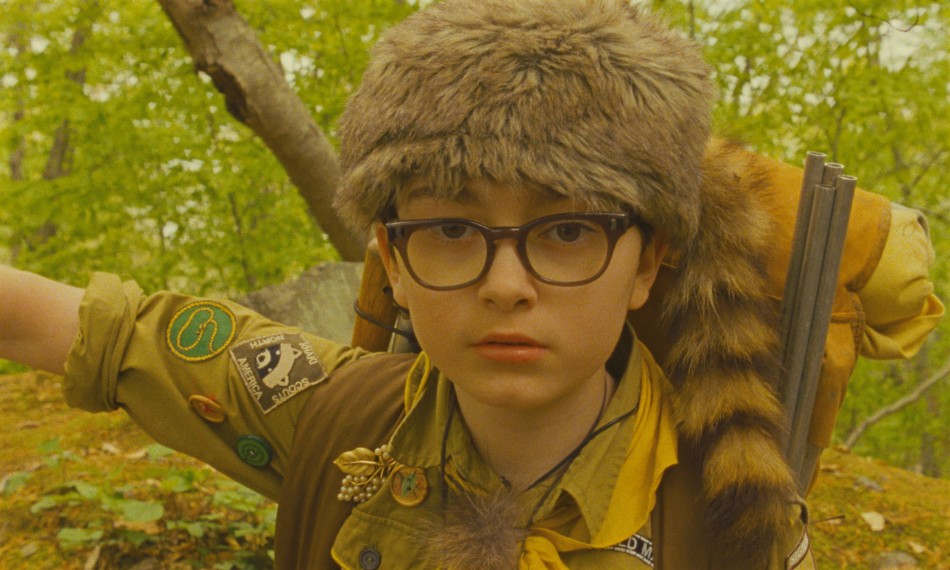
Wes Anderson’s created his arguable masterpiece in Moonrise Kingdom — a delightful tale of a precocious child who runs away from summer camp. Yet its inspiration may be from a soviet film from 1964 called Welcome, Or No Trespassing.
The plot-lines may not be exactly the same, but the overall setting is similar. The boy in the Soviet movie is kicked out of his Young Pioneer camp and has to sneak back for fear of upsetting his grandmother. The resulting hijinks, with adults and children alike being implicated, as well as the symmetrical style, is uncannily similar to Wes Anderson’s film.
One good way to get away with taking plots from other films is to only steal from very obscure ones. Wes Anderson has a great polyglot style due to the vastness of his influences. Soviet cinema is a particularly good well to draw from. Tarkovsky and Eisenstein may be well known in the West, but the more broad comedies such as Office Romance, Moscow Does Not Believe In Tears or Twelve Chairs are not as famous as they should be.
While it is hard to say for certain that Anderson has seen this delightful film, the kitsch and precociousness of Soviet comedy in general can definitely be seen throughout his work. Whether its the former Soviet vibe of the Grand Budapest Hotel or the stop-motion animation of The Fantastic Mister Fox, Anderson milks the naive idealism of Soviet cinema to help create his unique characters.
3. Body Double (Vertigo)
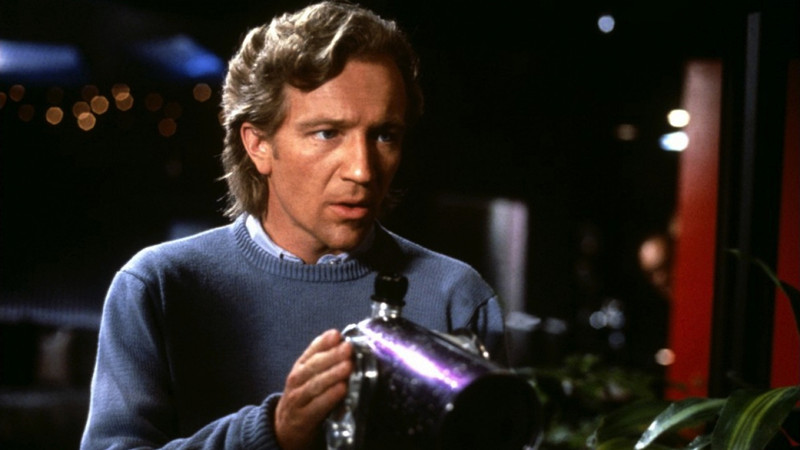
Brian DePalma is the master of the remake, successfully adapting Scarface and Mission: Impossible into better versions than the originals. But one director he holds in more esteem than anyone else is definitely Alfred Hitchcock. This all came to a head with his excellent homage to Body Double.
Although in its obsessive voyeurism it recalls Rear Window and in its use of phone calls brings to mind Dial M For Murder, the movie this most closely borrows plot-lines from is Vertigo. In Vertigo, Hitchcock channeled his obsession with icy and beautiful blondes into a paranoid love story that gets deeper with each re-watch. De Palma reinvents this for the yuppie age of the 80s, as well as the emerging world of video porn.
By setting the film in the world of moviemaking and porn, De Palma adds another meta-textual layer to the Hitchcock original, in the process slyly commenting on the British auteur’s style. It concerns a man, who upon breaking up with his girlfriend, finds a new apartment with a telescope overlooking a women’s house.
From there he believes he witnesses her being abused. But upon closer inspection, things are not exactly as they seem. De Palma resolves this plot in a manner that would’ve made Hitchcock himself proud.
4. Inception (Paprika)
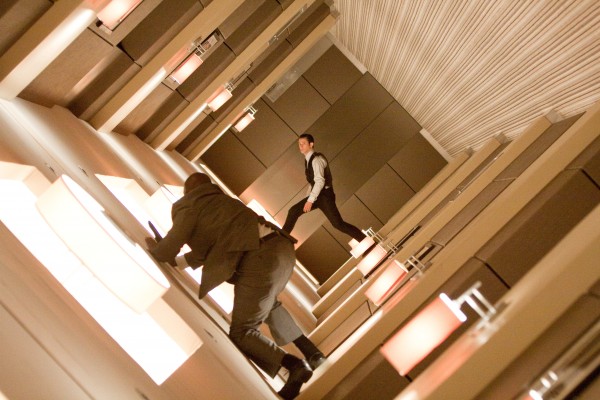
With Inception Christopher Nolan proved that he was something special, an auteur who could command massive budgets in order to fulfil his huge original visions. It is an excellent film. The way it combines the use of dreams and memories with the demands of the plot makes it as thrilling as it is cerebral.
But original it is not, as only four years earlier Satoshi Kon illustrated some of the same ideas in the brilliant animated film Paprika. It also features a machine which allows people to go into each other’s dreams in order to change their personalities, only here it is used by therapists instead of international thieves.
Kon’s style is much different from Nolan’s though. Where Nolan uses a lot of exposition to make sure the viewer fully understands the world that we are immersed in, Kon prefers spectacle, making Paprika much more of a head-trip.
Additionally, while Nolan is working in heist mode, Paprika takes on comedy, horror and the carnival to make a truly unique movie. A live-action adaptation of Paprika was in predevelopment, to be directed by Wolfgang Peterson, but it has been indefinitely shelved in the wake of Inception’s success.
5. Barb Wire (Casablanca)
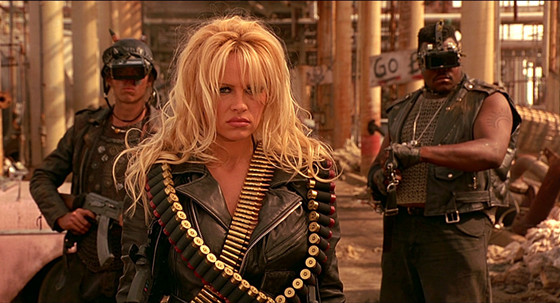
Barb Wire has to be one of the strangest rip-offs of all time. Set in 2017 during the “Second American Civil War” (weirdly prescient), it stars Pamela Anderson as a nightclub owner who hates it when men call her “babe” — so much so she actually kills them.
One day a freedom fighter from her past turns up to her club, and she has to face a difficult decision in order to save him. This, of course, is based upon the 1942 classic Casablanca, with Anderson doing her best version of Humphrey Bogart’s Rick Blaine.
Anderson’s Baywatch persona is traded on a lot here, her figure constantly ogled by the camera. At different points she pretends to be both a stripper and a hooker. Adapted from the comic of the same name, it was eventually nominated for worst picture at the Razzies. Although it is no Casablanca, the film is a lot of trashy fun, and definitely worth watching if you are a fan of the original.